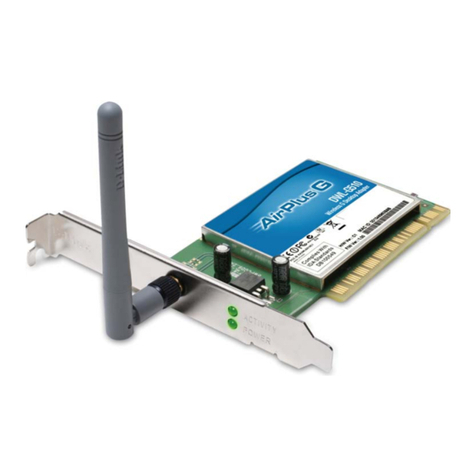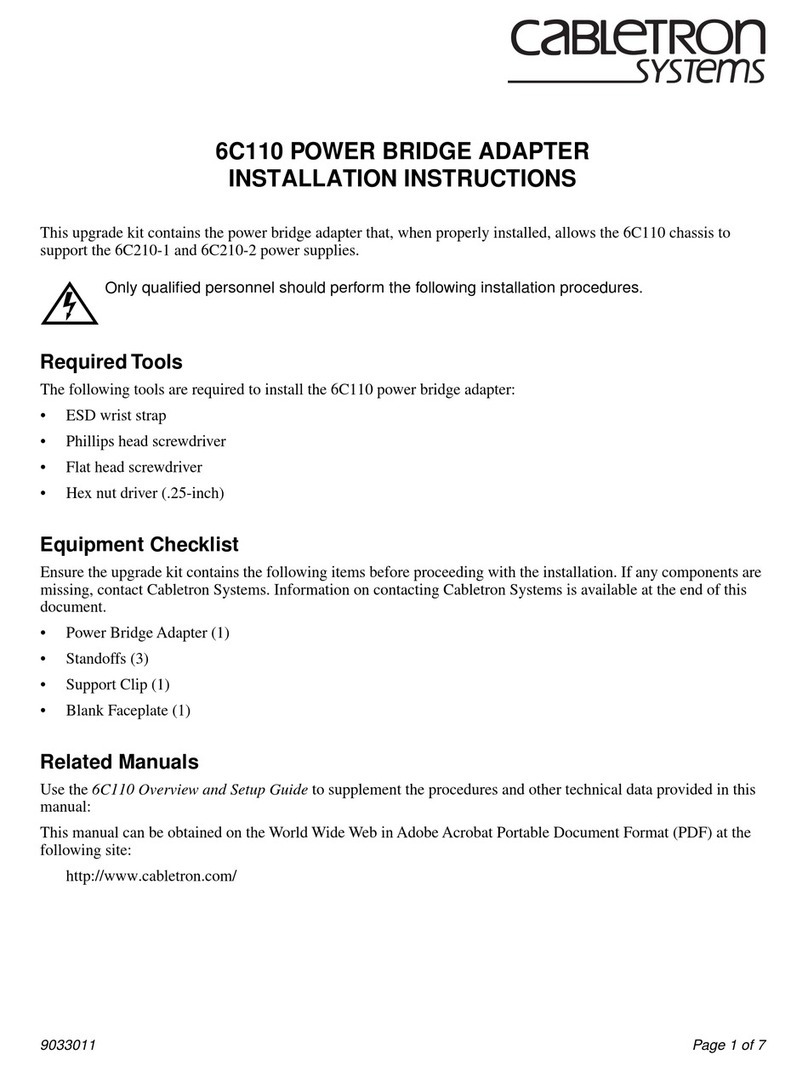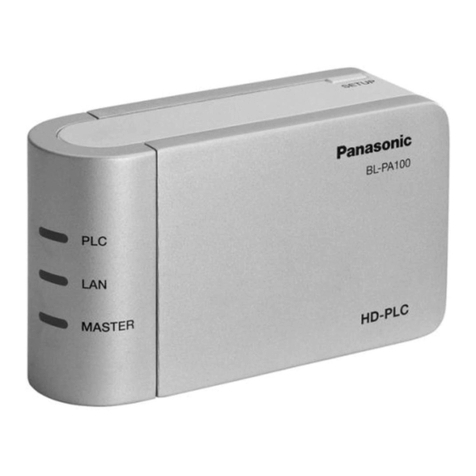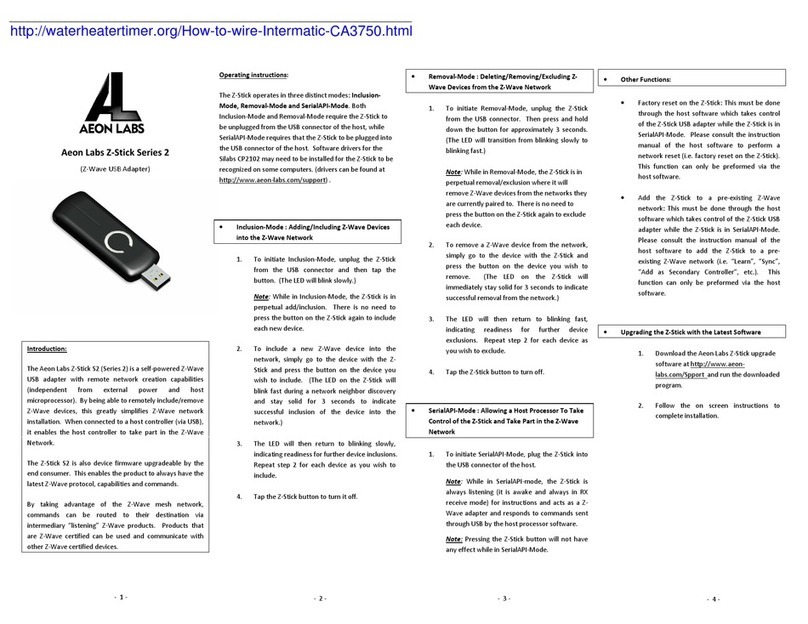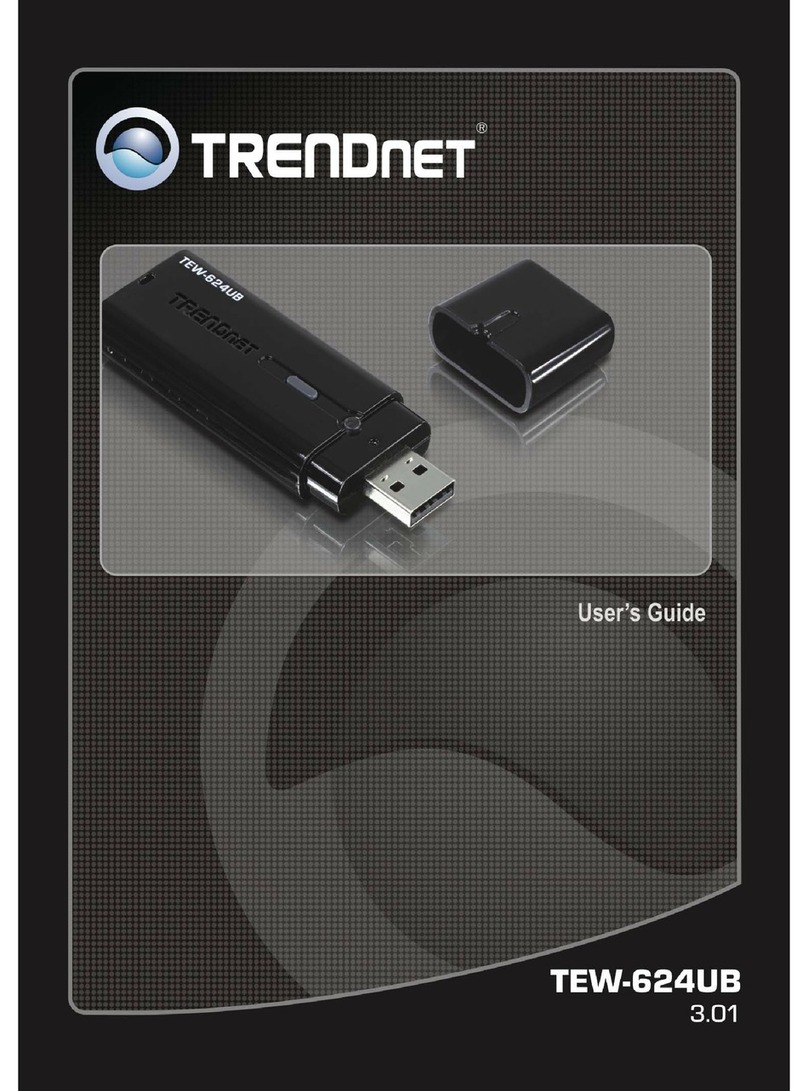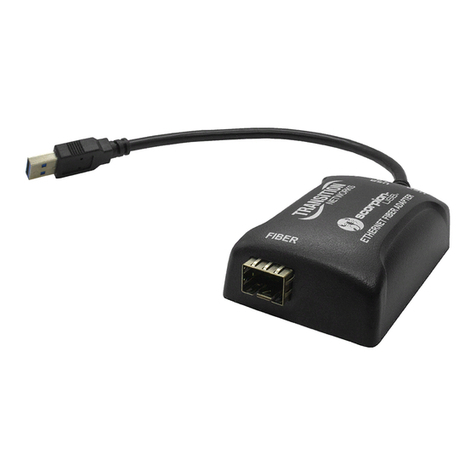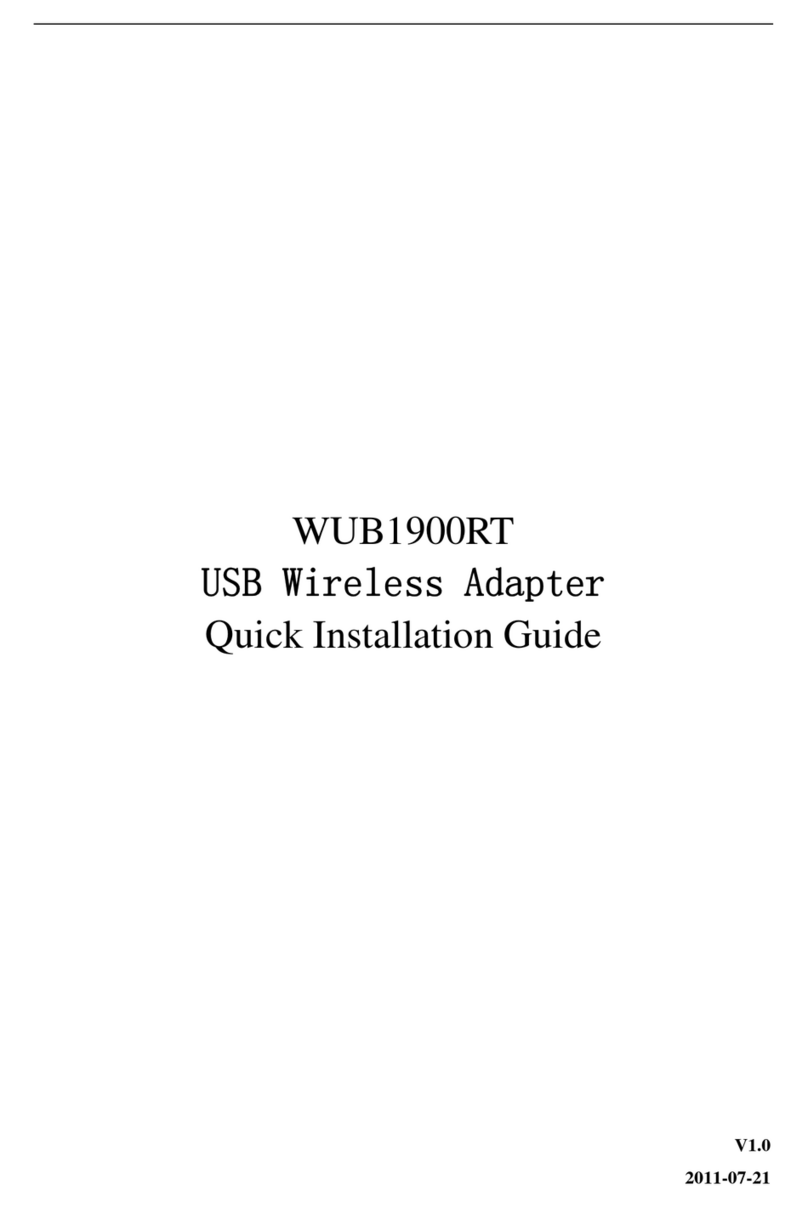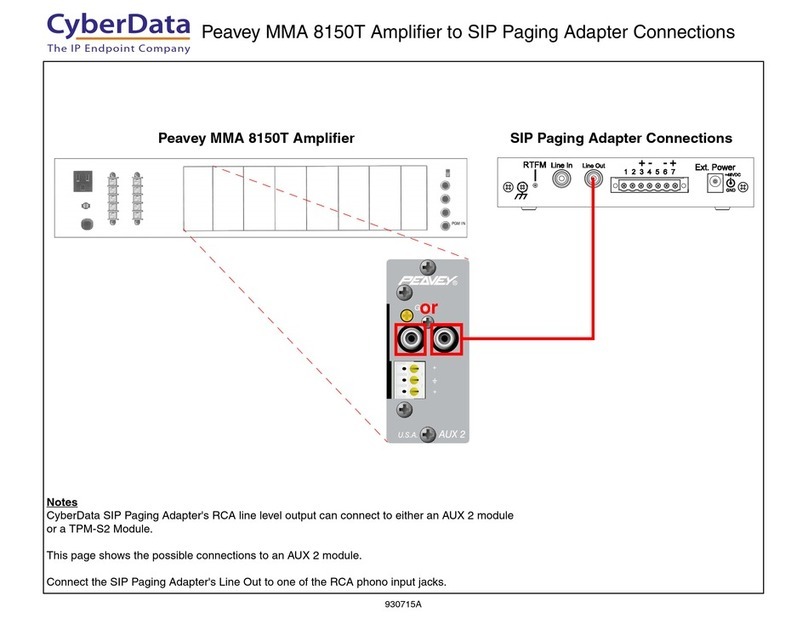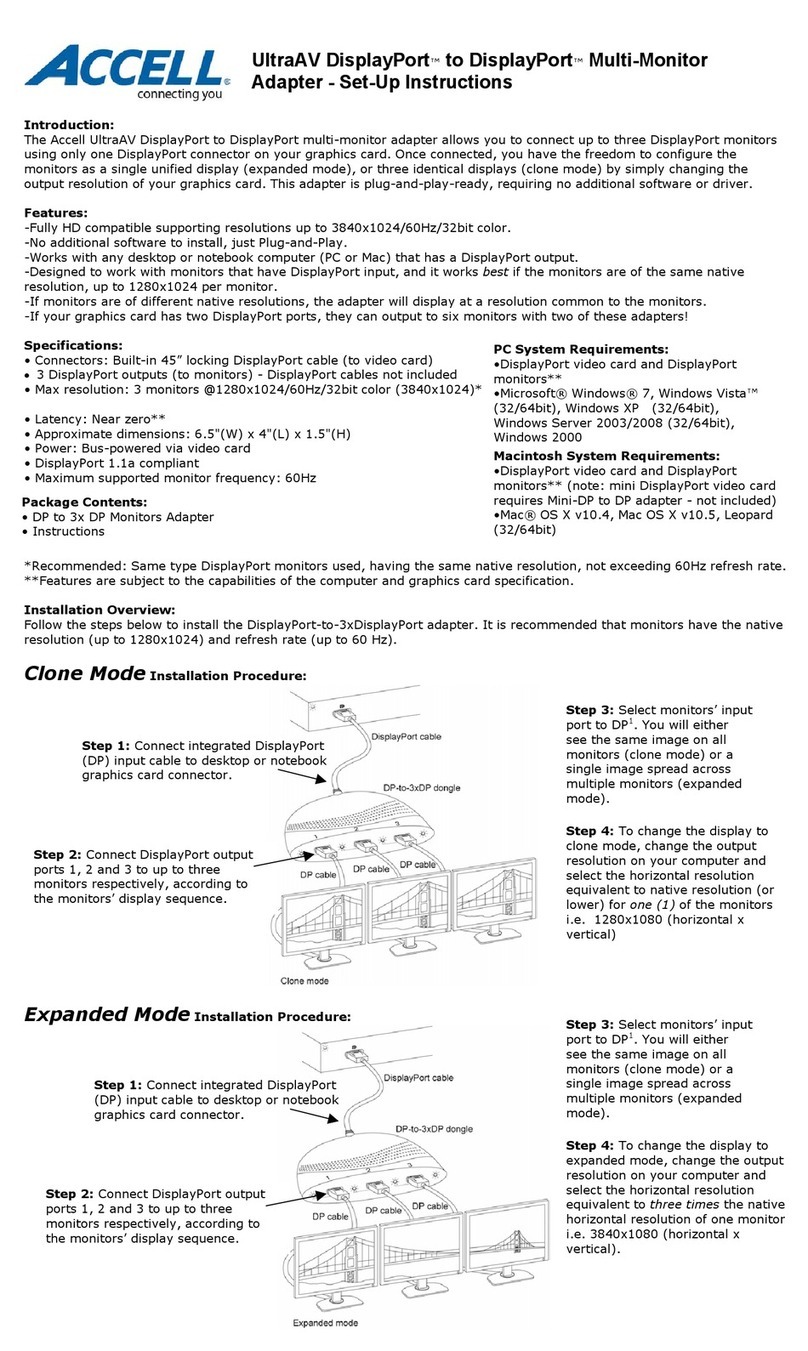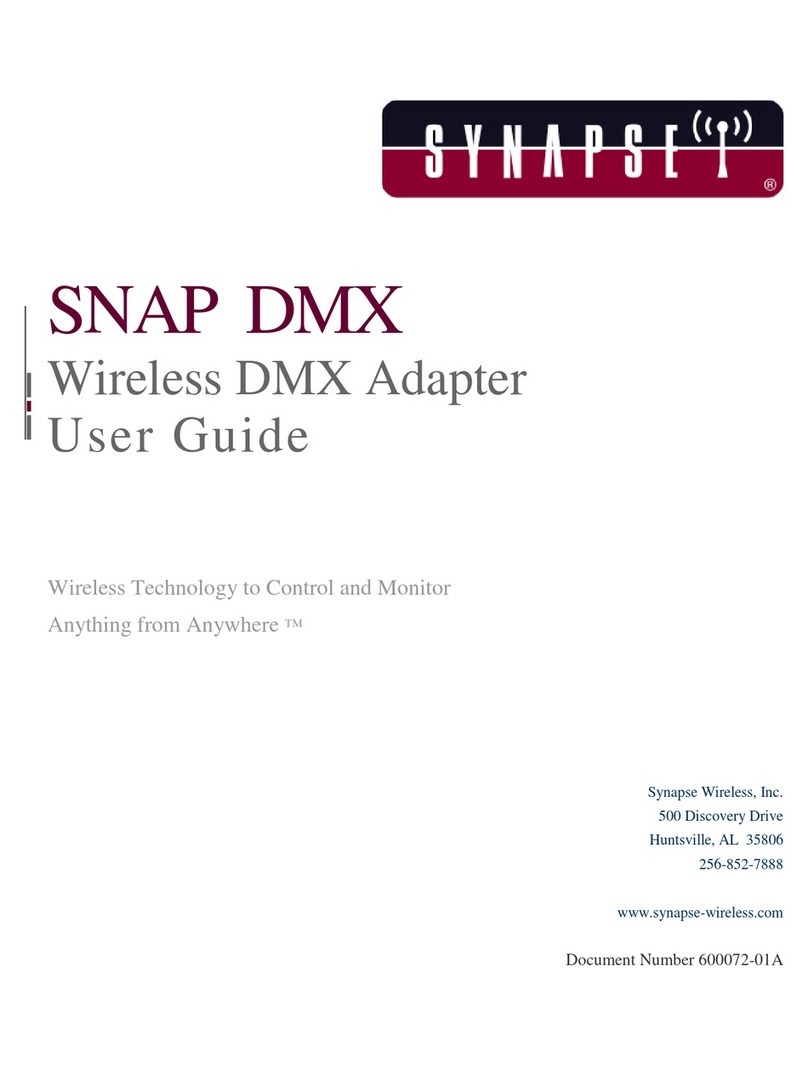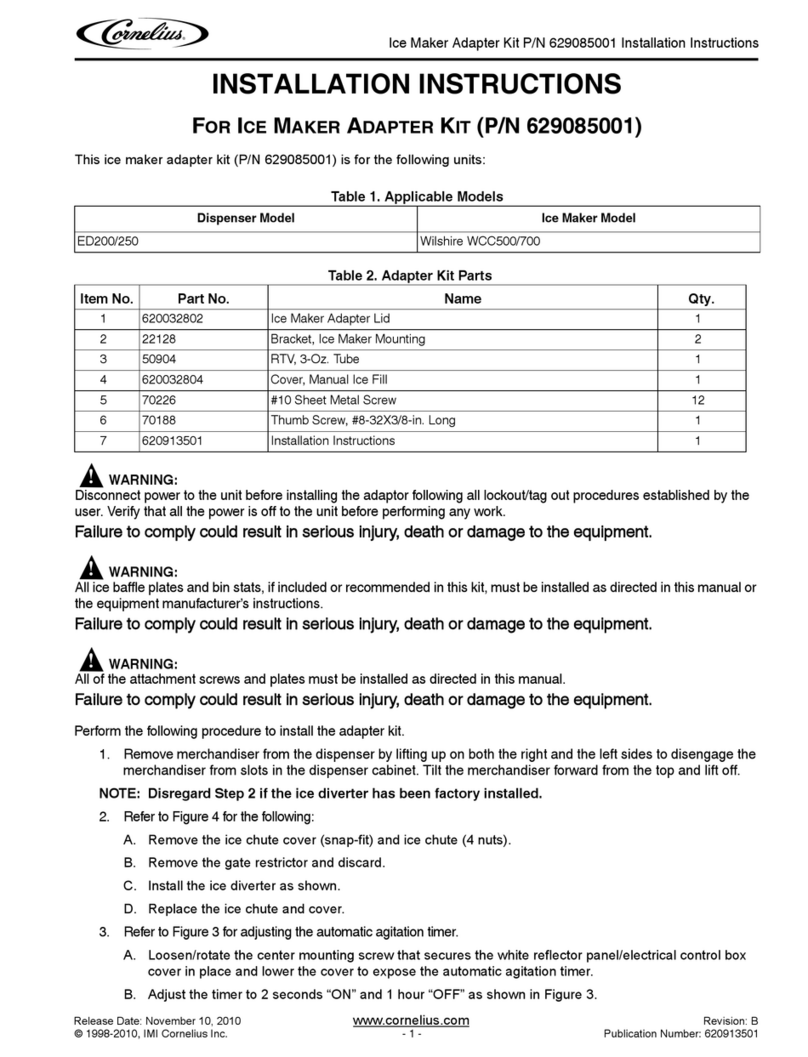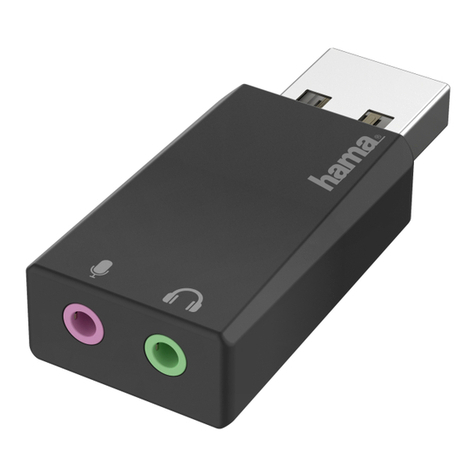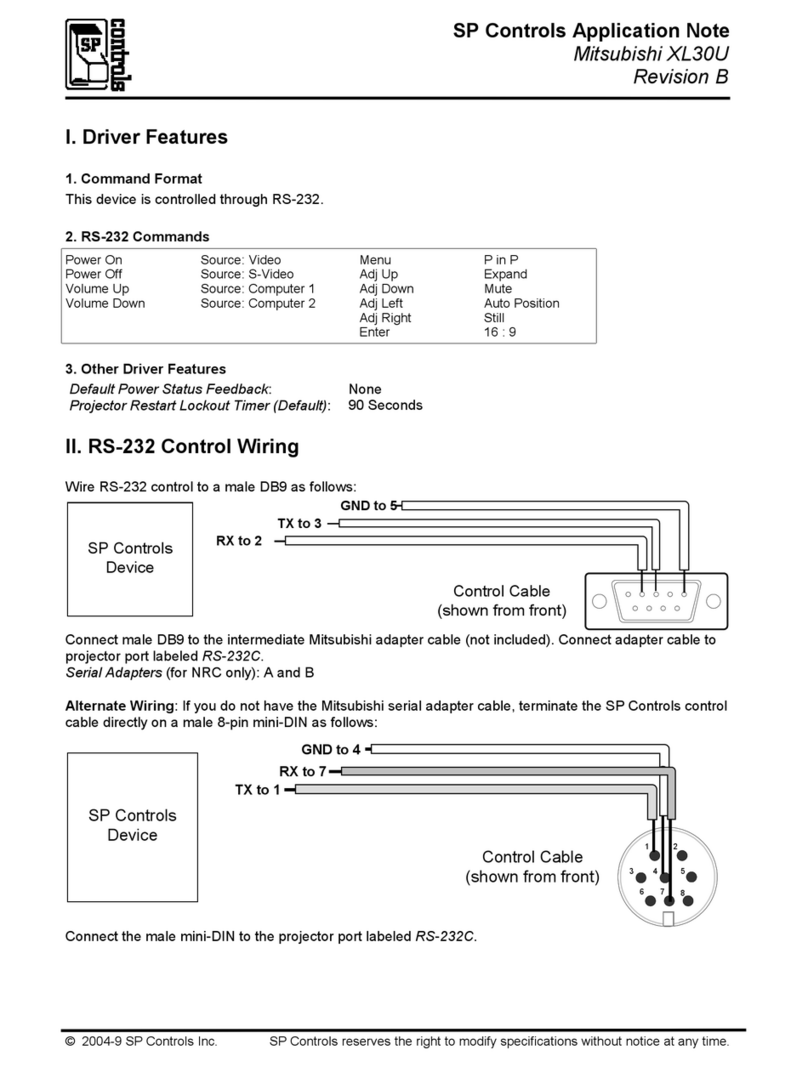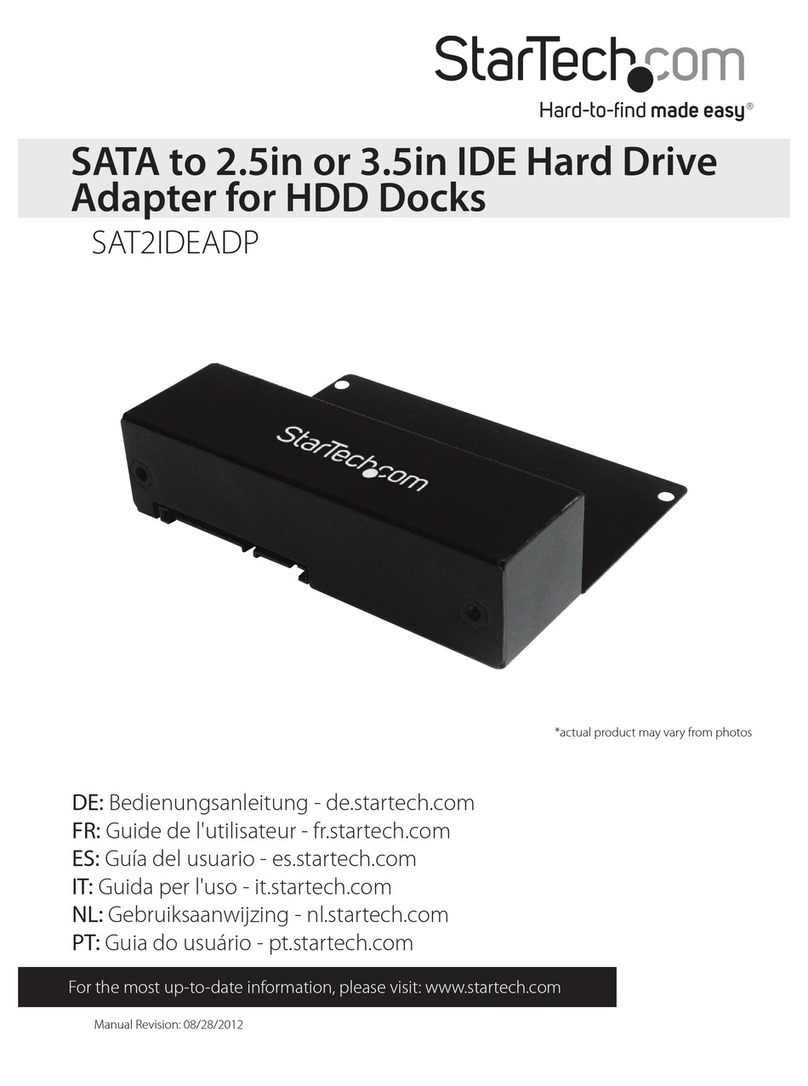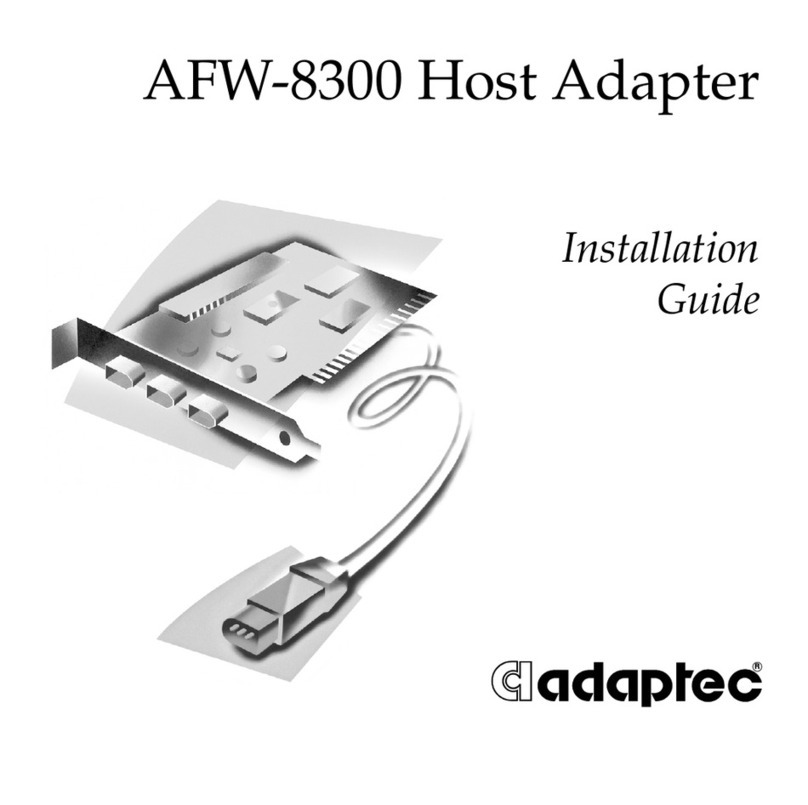
7.2.3 Correcting faults.....................................................................................................................40
7.2.3.1 Replacing wearing parts.........................................................................................................40
7.2.3.2 Correcting the changed alignment.........................................................................................41
8 Servicing.....................................................................................................................................................43
8.1 Maintenance intervals............................................................................................................43
8.2 Maximum permissible torsional backlash...............................................................................44
8.3 Replacing wearing parts.........................................................................................................45
8.4 Removing the coupling...........................................................................................................46
9 Service and support....................................................................................................................................49
9.1 Contact...................................................................................................................................49
10 Disposal......................................................................................................................................................51
11 Spare parts.................................................................................................................................................53
11.1 Ordering spare parts..............................................................................................................53
11.2 Spare parts drawing and spare parts list................................................................................54
11.2.1 Types A and ADS...................................................................................................................54
11.2.2 Types B and BDS...................................................................................................................55
A Technical data............................................................................................................................................57
A.1 Speeds, geometry data and weights......................................................................................57
A.1.1 Type A....................................................................................................................................57
A.1.2 Type B....................................................................................................................................59
A.1.3 Type ADS...............................................................................................................................60
A.1.4 Type BDS...............................................................................................................................61
A.2 Shaft misalignment values during operation..........................................................................62
A.3 Tightening torques and widths A/F.........................................................................................63
A.4 Tightening procedure.............................................................................................................64
A.5 Flexible elements (12)............................................................................................................64
A.5.1 Use and storage of flexible elements (12)..............................................................................64
A.5.2 N-EUPEX flexible elements (12)............................................................................................65
A.5.3 N-EUPEX DS flexible elements (12)......................................................................................66
B Quality documents......................................................................................................................................67
B.1 Declaration of Conformity.......................................................................................................67
Tables
Table 2-1 General warnings........................................................................................................................11
Table 2-2 Temperature classes (TX) for explosive atmospheres as a result of gases, vapours or mists......16
Table 2-3 Maximum surface temperature (TX) for an explosive atmosphere as a result of dust/air
mixtures.......................................................................................................................................16
Table 4-1 Types of preservative agents for long-term storage....................................................................22
Table 5-1 Recommended assigned fits for bores with parallel key connection...........................................24
Table of contents
N-EUPEX / N-EUPEX DS 3100en
6Operating Instructions 10/2017




















